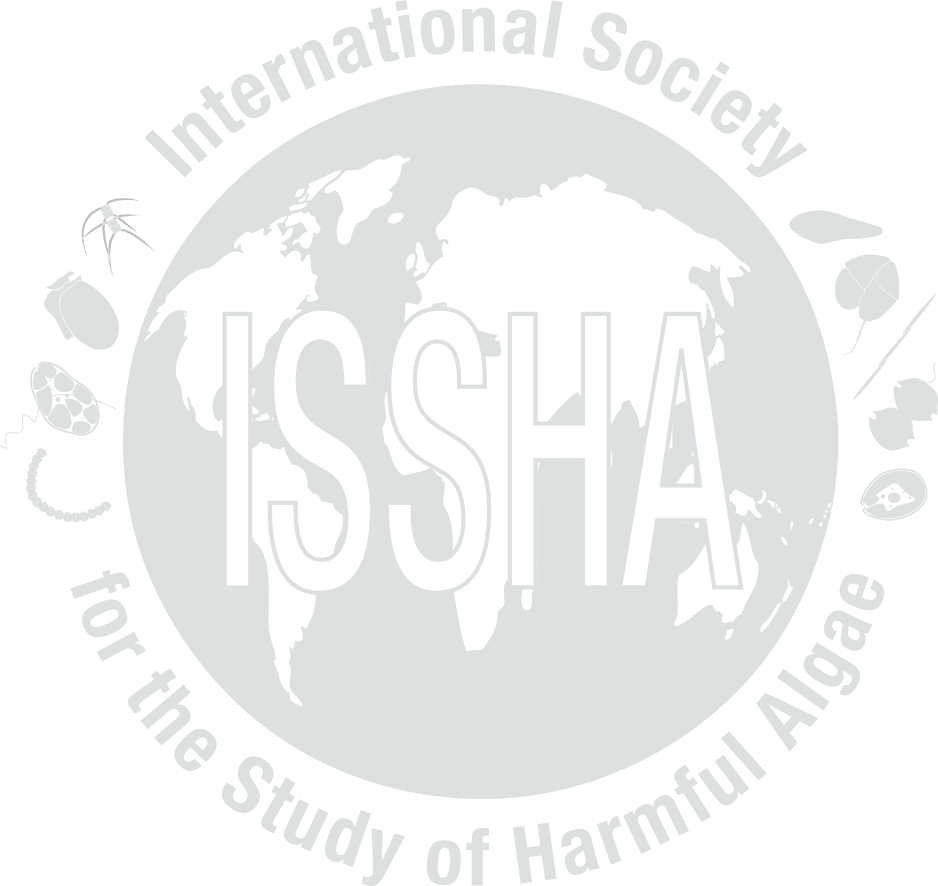


| Event name: | US-98-003 | |
| Country: | UNITED STATES | |
|
Nature of the harmful event: |
Seafood toxins , Mass mortalities | |
|
Event directly affected: |
Shellfish , Humans | |
| Toxicity detected: | Yes | |
| Associated syndrome: | NSP , Aerosolized toxins effects | |
| Unexplained toxicity: | No | |
| Species implicated in toxin transmission (transvector): | ||
| Report the outcome of a monitoring programme: | Yes | |
| Event occurred before in this location: | Yes (Written accounts of fish kills date back to 1844 and ancedotal information back to the 1500s. In the las 25 years, G. breve blooms known as) | |
| Individuals to contact: | STEIDINGER, Karen A. | |
| Location: | Latitude: , Longitude: | |
| General location information: |
Manatee to Collier counties and Palm Beach Co, Florida. HAB Area code(s): US-16 |
|
| Additional location information: | Manatee to Collier counties, Florida west coast, Area 16. Evidently transported to Palm Beach County (Area 15) by the Florida Current in January 1998 when respiratory irritation was verified by the presence of G. breve inshore. | |
| Bloom event dates (yyyy/mm/dd): | ||
| Quarantine levels dates (yyyy/mm/dd): | ||
| Additional date-related information: | Two events: mid-January to early March and then mid-November 1998 to early March 1999. | |
| Causative organism known: | Yes | |
| Causative Species/Genus: |
Gymnodinium breve
(34,400,000 cells/L)
Nov. and Dec. When red tide was concentrated Gymnodinium breve (68,300,000 cells/L) January/February in offshore waters |
|
| Co-Ocurring Species/Genus: | ||
| Chlorophyll concentration, if known: | µg/l | |
| Additional bloom information: | ||
| Event-related bibliography: | Foley, A., Stacy, B. A., Schueller, P., Flewelling, L. J., Schroeder, B., Minch, K., Fauquier, D. A., Foote, J. J., Manire, C., Atwood, K. E., Granholm, A. A., Landsberg, J. H., 2019. Assessing Karenia brevis red tide as a mortality factor of sea turtles in Florida. Dis. Aquat. Org. 132, 109–124. | |
|
||||||||||||||||||||||||||
| Nutrient information: | ||||||||||||||||||||||||||
| Temperature Range During Event: | Max: °C, Min: °C | |||||||||||||||||||||||||
| Salinity Range During Event: | ||||||||||||||||||||||||||
| Bloom location in the water column: | ||||||||||||||||||||||||||
| Growth: | ||||||||||||||||||||||||||
| Growth Comments | The January/February bloom was maintained offshore between 5 and at least 12.5 miles off Englewood. The November bloom started offshore on the shelf but was transported inshore and lasted until March, 1999. | |||||||||||||||||||||||||
| Additional Environmental information: | Occurred offshore on the continental shelf and the latter event in November was transported inshore to waters of salinities as low as 27 psu. | |||||||||||||||||||||||||
|
||||||||||||
| Kit used: | Type of kit used: | |||||||||||
| Additional information: | ||||||||||||
| Economic losses: | ||||||||||||
| Management decision: | Closure of shellfish beds in Sarasota, Charlotte, and Lee counties. Shellfish being currently tested for toxicity (mouse units) to open closed harvesting areas (3/99). | |||||||||||
| Additional harmful effect information: | Offshore and inshore fish kills. Minor human respiratory irritation inshore. Toxic shellfish, no human illnesses. | |||||||||||
